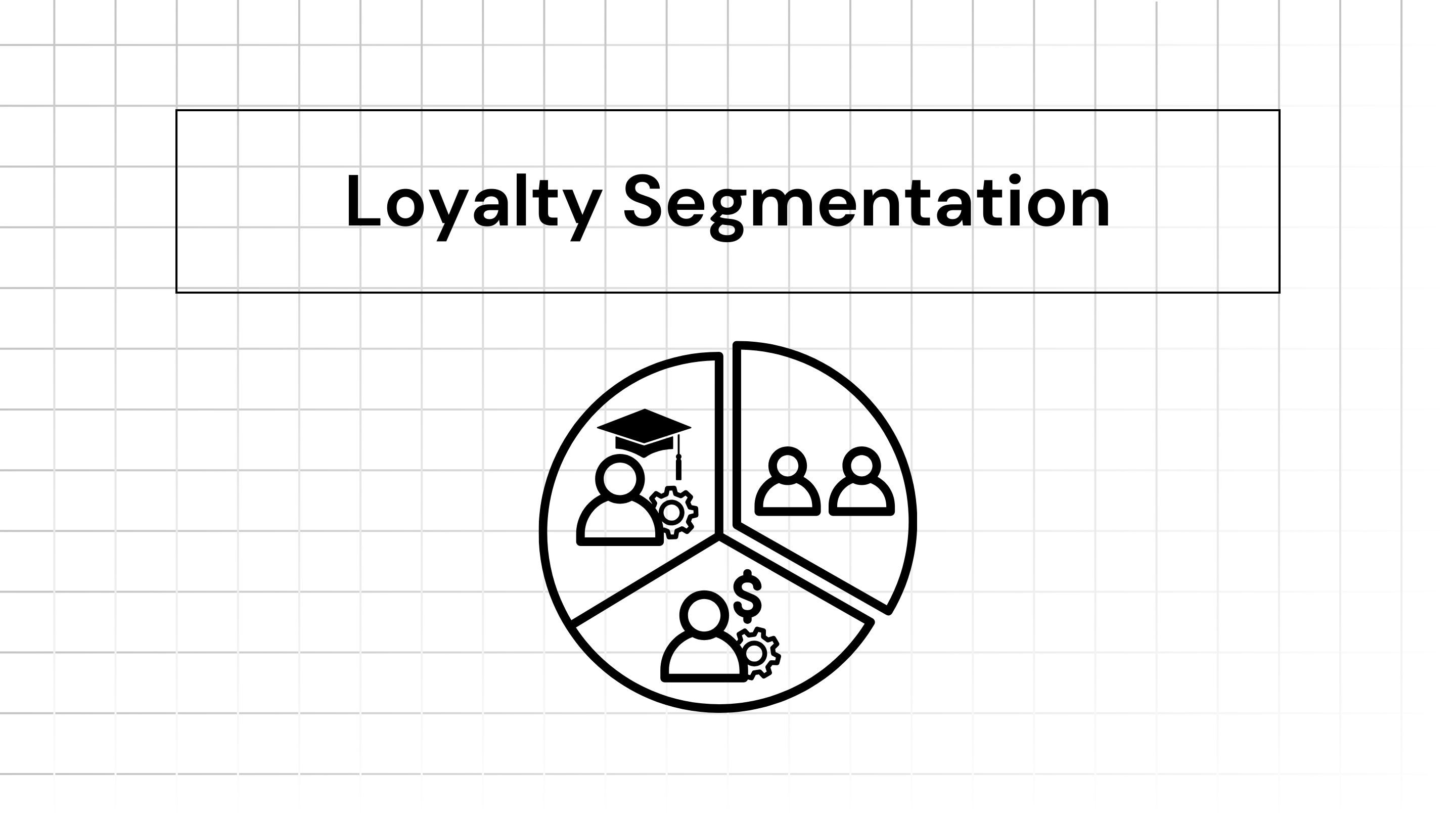
Iterate AI
Jan 5, 2025
What Is Loyalty Segmentation?
Loyalty segmentation is the process of dividing customers into distinct groups based on their purchasing behaviors, engagement levels, and overall loyalty to a brand. The primary goal is to understand how different customer groups interact with your business so that you can deliver personalized experiences, offers, and communication that resonate with each segment.
Instead of adopting a one-size-fits-all approach, loyalty segmentation enables businesses to:
Recognize their most valuable customers.
Identify at-risk customers who may need re-engagement strategies.
Tailor rewards and incentives to specific customer behaviors and preferences.
Why Is Loyalty Segmentation Important?
Understanding customer loyalty goes beyond knowing who is buying your product or service. It provides deeper insights into customer motivations and behaviors. Here's why loyalty segmentation matters:
Improved Customer Retention: By identifying loyal customers and providing them with tailored rewards, businesses can increase customer satisfaction and reduce churn.
Enhanced Marketing Efficiency: Segmentation allows for targeted marketing campaigns, reducing wasted resources on irrelevant audiences.
Increased Revenue: Loyal customers are more likely to make repeat purchases and refer others, contributing to higher lifetime value (CLV).
Stronger Brand Advocacy: Engaging with your most loyal customers fosters word-of-mouth marketing and positive reviews.
Proactive Problem-Solving: Segmentation helps you detect at-risk customers early, giving you the opportunity to address their concerns before they leave.
Key Metrics for Loyalty Segmentation
Before diving into segmentation strategies, it's important to identify the metrics that will guide your analysis. Here are some of the most commonly used metrics:
Customer Lifetime Value (CLV): This measures the total revenue a customer generates over their lifetime with your brand.
Purchase Frequency: How often a customer makes a purchase within a specific time frame.
Recency: The last time a customer interacted with or purchased from your business.
Monetary Value: The average spend of a customer per transaction.
Engagement Metrics: These include email open rates, website visits, social media interactions, and other forms of brand engagement.
Net Promoter Score (NPS): A metric that measures customer satisfaction and the likelihood of them recommending your brand to others.
Common Approaches to Loyalty Segmentation
There are several ways to segment customers based on loyalty. Here are some common approaches:
RFM Analysis
RFM stands for Recency, Frequency, and Monetary Value. This method segments customers based on their purchase history:
Recency: How recently a customer made a purchase.
Frequency: How often a customer buys from you.
Monetary Value: How much a customer spends on average.
By assigning scores to each metric, businesses can classify customers into groups such as "high-value loyal customers," "infrequent buyers," or "at-risk customers."
Behavioral Segmentation
This approach focuses on customers' actions and interactions with your brand, such as purchase patterns, website activity, or responses to marketing campaigns. Behavioral data can reveal key insights into what drives loyalty for different segments.
Demographic Segmentation
Demographics such as age, gender, income level, and location can play a role in understanding loyalty patterns. For example, younger customers might prefer digital loyalty programs, while older customers might value personalized in-store experiences.
Psychographic Segmentation
This approach examines customers' values, attitudes, interests, and lifestyles. Psychographic segmentation helps you align loyalty initiatives with what matters most to your audience.
How to Implement Loyalty Segmentation
Collect and Analyze Data
Start by gathering customer data from various sources, such as point-of-sale systems, CRM platforms, and website analytics. Use tools like RFM analysis, predictive analytics, or machine learning models to identify patterns and create segments.
Define Clear Segments
Based on your analysis, group customers into distinct categories. For example:
Loyal Advocates: High spenders who frequently purchase and promote your brand.
Potential Loyalists: Customers who show promise but need nurturing to become loyal.
At-Risk Customers: Customers who have reduced their engagement or spending.
New Customers: First-time buyers who need onboarding and incentives to return.
Develop Tailored Strategies
For each segment, create specific strategies that address their unique needs:
Loyal Advocates: Offer exclusive perks, VIP events, or early access to products.
Potential Loyalists: Provide personalized discounts or loyalty program enrollment.
At-Risk Customers: Send win-back campaigns with special offers or surveys to understand their concerns.
New Customers: Focus on onboarding experiences, such as welcome emails or first-purchase discounts.
Leverage Technology
Invest in loyalty management software, CRM systems, or data analytics platforms to streamline your segmentation efforts. Automation tools can also help deliver personalized marketing campaigns at scale.
Monitor and Adjust
Customer behaviors evolve over time, so regularly review and refine your segments. Continuously monitor metrics like CLV, engagement rates, and retention rates to ensure your strategies remain effective.
Best Practices for Loyalty Segmentation
Keep It Simple: Avoid overcomplicating your segments. Start with a few key categories and refine them over time.
Focus on High-Value Customers: Prioritize strategies that maximize the lifetime value of your most loyal customers.
Personalize Communication: Use data insights to craft messages that resonate with each segment.
Test and Optimize: Experiment with different approaches and measure their impact on key metrics.
Foster Emotional Connections: Beyond rewards and incentives, focus on building meaningful relationships with your customers through exceptional experiences.
